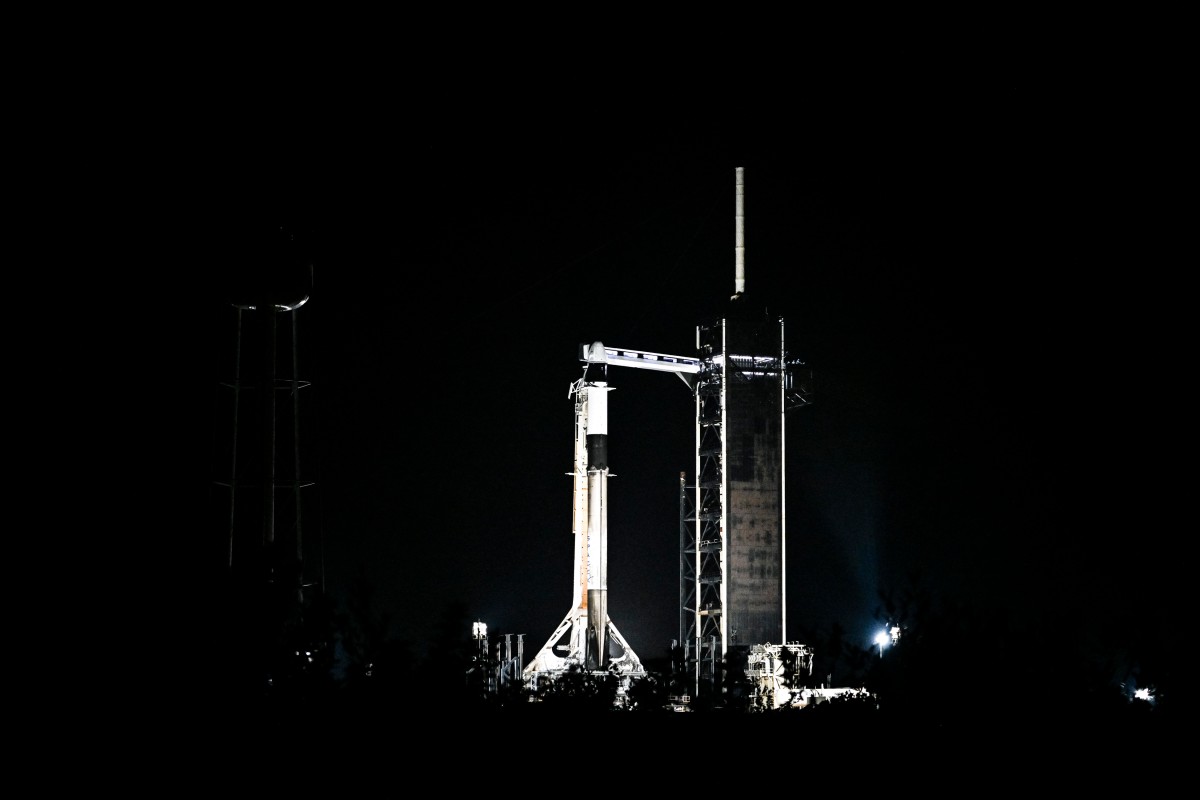United States — SpaceX postponed once more its attempt at launching a daring orbital expedition featuring an all-civilian crew that is aiming to carry out the first-ever spacewalk by private citizens.
The Polaris Dawn mission, organized by billionaire entrepreneur Jared Isaacman, had been set to lift off from NASA’s Kennedy Space Center in Florida during a four-hour window early Wednesday.
But SpaceX announced late Tuesday it was pushing back the launch plans “due to unfavorable weather forecasted in Dragon’s splashdown areas off the coast of Florida,” in a message on X.
Isaacman later added on X that, because the spaceship won’t rendezvous with the International Space Station and has limited consumables on board, it was particularly constrained by the forecast during the splashdown window.
“As of now, conditions are not favorable tonight or tomorrow, so we’ll assess day by day,” he said.
The timing of the next launch could be further complicated by the fact the first stage booster of another SpaceX Falcon 9 rocket that had sent a batch of Starlink satellites into orbit tipped over and exploded during a landing attempt on a waiting droneship.
Although landing the booster is a secondary consideration, the reusability of the entire rocket system is core to SpaceX’s business model, and the loss snapped a three-year-streak of successful first stage landings.
SpaceX announced it was standing down from launching the next set of Starlink satellites while it reviewed the data.
An earlier attempt to launch Polaris Dawn on Tuesday was scrapped due to a helium leak on a line connecting the tower to the rocket.
High radiation zone
Riding atop a Falcon 9 rocket, the SpaceX Dragon capsule is set to reach a peak altitude of 870 miles (1,400 kilometers) — higher than any crewed mission in more than half a century, since the Apollo era.
Mission commander Isaacman will guide his four-member team through the mission’s centerpiece: the first-ever spacewalk carried out by non-professional astronauts, equipped with sleek, newly developed SpaceX extravehicular activity (EVA) suits.
Rounding out the team are mission pilot Scott Poteet, a retired US Air Force lieutenant colonel; mission specialist Sarah Gillis, a lead space operations engineer at SpaceX; and mission specialist and medical officer Anna Menon, also a lead space operations engineer at SpaceX.
The quartet underwent more than two years of training in preparation for the landmark mission, logging hundreds of hours on simulators as well as skydiving, centrifuge training, scuba diving, and summiting an Ecuadorian volcano.
Polaris Dawn is set to be the first of three missions under the Polaris program, a collaboration between Isaacman, the founder of tech company Shift4 Payments, and SpaceX.
Isaacman declined to reveal his total investment in the project, though reports suggest he paid around $200 million for the SpaceX Inspiration4 mission in September 2021, the first all-civilian orbital mission.
Polaris Dawn will reach its highest altitude on its first day, venturing briefly into the Van Allen radiation belt, a region teeming with high-energy charged particles that can pose health risks to humans over extended periods.
On day three, the crew will don their state-of-the-art EVA spacesuits — outfitted with heads-up displays, helmet cameras, and advanced joint mobility systems — and take turns to venture outside their spacecraft in twos.
Each will spend 15 to 20 minutes in space, 435 miles above Earth’s surface.
Also on their to-do list are testing laser-based satellite communication between the spacecraft and Starlink, SpaceX’s more than 6,000-strong constellation of internet satellites, in a bid to boost space communication speeds, and conducting nearly 40 scientific experiments.
After six days in space, the mission will conclude with the splashdown off the coast of Florida.








